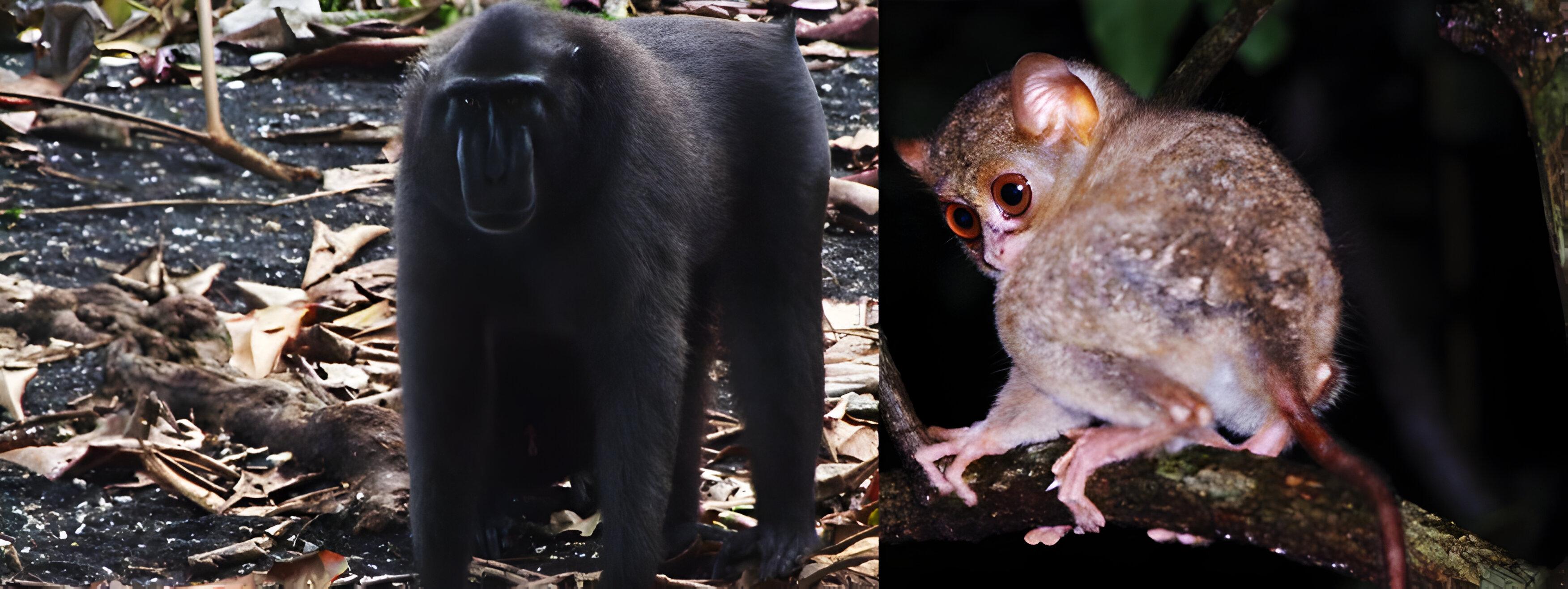
Welcome to Kalimantan Island
According to ancient Chinese (977),[31]:129 Indian and Japanese manuscripts, western coastal cities of Borneo had become trading ports by the first millennium AD.[32] In Chinese manuscripts, gold, camphor, tortoise shells, hornbill ivory, rhinoceros horn, crane crest, beeswax, lakawood (a scented heartwood and root wood of a thick liana, Dalbergia parviflora), dragon's blood, rattan, edible bird's nests and various spices were described as among the most valuable items from Borneo. [33] The Indians named Borneo Suvarnabhumi (the land of gold) and also Karpuradvipa (Camphor Island). The Javanese named Borneo Puradvipa, or Diamond Island. Archaeological findings in the Sarawak river delta reveal that the area was a thriving centre of trade between India and China from the 6th century until about 1300.[33] Stone pillars bearing inscriptions in the Pallava script, found in Kutai along the Mahakam River in East Kalimantan and dating to around the second half of the 4th century, constitute some of the oldest evidence of Hindu influence in Southeast Asia.By the 14th century, Borneo became a vassal state of Majapahit (in present-day Indonesia),[35][36] later changing its allegiance to the Ming dynasty of China.[37] The religion of Islam entered the island in the 10th century,[38] following the arrival of Muslim traders who later converted many indigenous peoples in the coastal areas.
The Sultanate of Brunei declared independence from Majapahit following the death of Majapahit Emperor in mid-14th century. During its golden age under Bolkiah from the 15th century to the 17th century, the Bruneian Empire ruled almost entire coastal area of Borneo (lending its name to the island due to its influence in the region) and several islands in the Philippines. During the 1450s, Shari'ful Hashem Syed Abu Bakr, an Arab born in Johor,[41] arrived in Sulu from Malacca. In 1457, he founded the Sultanate of Sulu; he titled himself as "Paduka Maulana Mahasari Sharif Sultan Hashem Abu Bakr". Following their independence in 1578 from Brunei's influence,[43] the Sulu's began to expand their thalassocracy to parts of the northern Borneo.[44][45] Both the sultanates who ruled northern Borneo had traditionally engaged in trade with China by means of the frequently-arriving Chinese junks.[46][47] Despite the thalassocracy of the sultanates, Borneo's interior region remained free from the rule of any kingdoms.

 Chat for more information or book
Chat for more information or book








